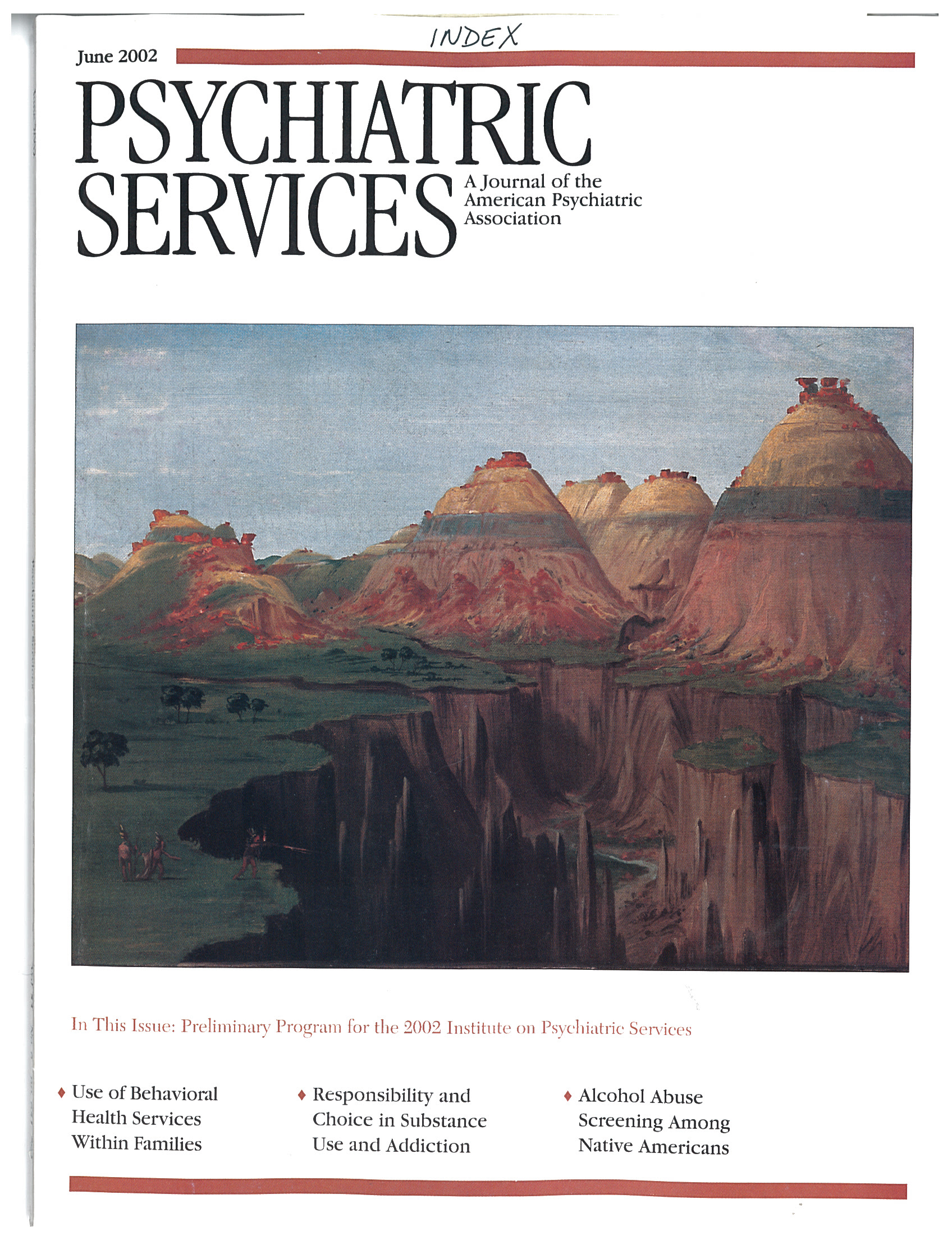Consumer & Family Information: Ecstasy
What is Ecstasy?
Ecstasy is a stimulant and hallucinogenic drug—it is similar to "speed" or amphetamine but also has properties that produce hallucinations. It does not occur in nature and must be synthesized. Its chemical name is MDMA. It is also known as E, X, XTC, Adam, Clarity, Lover's Speed, Hugs, Beans, and by many other names. Ecstasy is often referred to as a club drug because of its popular use in night clubs, bars, and raves, which are high-intensity dance parties held in empty warehouses, basements, or open fields and typically last all night.
What does it do and how is it used?
Moderate amounts of Ecstasy can produce an intense sense of well-being or euphoria and of greater clarity of feeling and thought. Ecstasy is rumored to have an aphrodisiac effect, but there is no evidence that it does. Many people experience restlessness, increased pulse and blood pressure, sweating, muscle tension, and tremors. High doses can produce hallucinations, paranoia, and aggressive outbursts. Because Ecstasy interferes with the body's ability to regulate temperature, increased body temperature and heat exhaustion can occur with physical exertion, such as dancing for long periods. Convulsions and death have occurred from this dangerous combination of behaviors.
Ecstasy is produced in tablet, capsule, or powder form and taken by mouth. Sometimes it is mixed with LSD, with opiates such as methadone and heroin, with caffeine, ephedrine, or pseudoephedrine, and with powerful pharmaceuticals such as ketamine, a veterinary anesthetic that causes hallucinations in humans. The effects of Ecstasy occur mainly during the first four hours, but the high can last up to 24 hours.
After the high, the user feels exhausted, anxious, irritable, without energy, and depressed for several days. Part of the craving for repeated use of this drug is related to the cycle of euphoria and depression and the wish to recover from the low and to reexperience the high.
What is Herbal Ecstasy?
Herbal Ecstasy is a mixture of stimulants such as ephedrine, pseudoephedrine, and caffeine. Also known as Herbal Bliss, Cloud 9, Herbal X, and by other names, the drug combination is sold in tablet form as a "natural" alternative to Ecstasy. The manufacture of Herbal Ecstasy is not subject to any quality control requirements, and doses of its ingredients can vary widely. There are increasing reports of reactions such as high blood pressure, seizure, heart attack, and stroke, which has prompted the Food and Drug Administration to investigate its sale and to consider placing restrictions on its use.
What are Ecstasy's dangers?
The immediate dangers of the pure drug are described above. But because Ecstasy is produced illegally, there is no way to know what substances have been used to dilute it or to try to intensify its effects. Illegal labs that make Ecstasy or the dealers who distribute it typically mix MDMA with other substances. Taking Ecstasy is taking an unknown drug combination, with all the possible toxic effects of whatever is in the pill, capsule, or powder.
Continued use of Ecstasy can lead to psychological dependence as the user seeks to recreate the powerful high and escape from the sense of emptiness and unhappiness that sets in after use. Regular use often results in loss of interest in school and other activities. Ecstasy has been shown to deplete the brain of serotonin, a neurotransmitter involved with mood, sleep, and appetite. The toxic effects of Ecstasy on cells in the brain can lead to clinical depression and anxiety as well as serious problems with memory and thinking. Ecstasy is neurotoxic—it destroys brain cells.
Stemming its popularity
Many young people think that Ecstasy is a safe drug. But the word is getting out, through the media and by word of mouth, that it is not. Talk to your children or friends about drugs, but don't lecture them. Disapproval of drugs by parents as well as involvement in their children's school and extracurricular activities has been shown to help protect against adolescent drug use. Adolescents who get involved in school and other activities are also less likely to experiment with drugs. For young adults, information and peer concern have an impact.
For young people who are already using Ecstasy, or any other drug, and who cannot leave it behind, professional help aimed specifically at adolescents or young adults is available and makes a difference.



